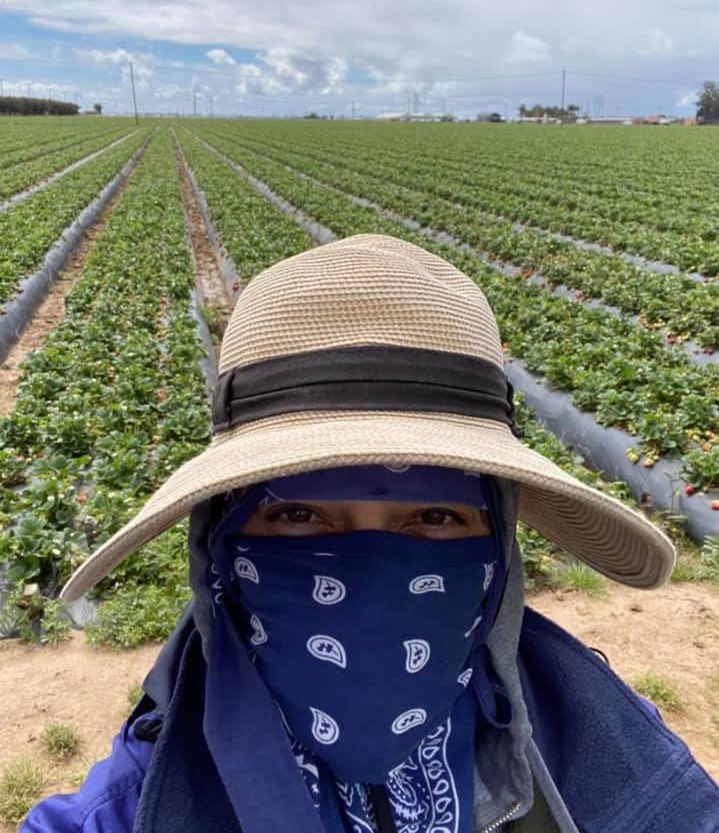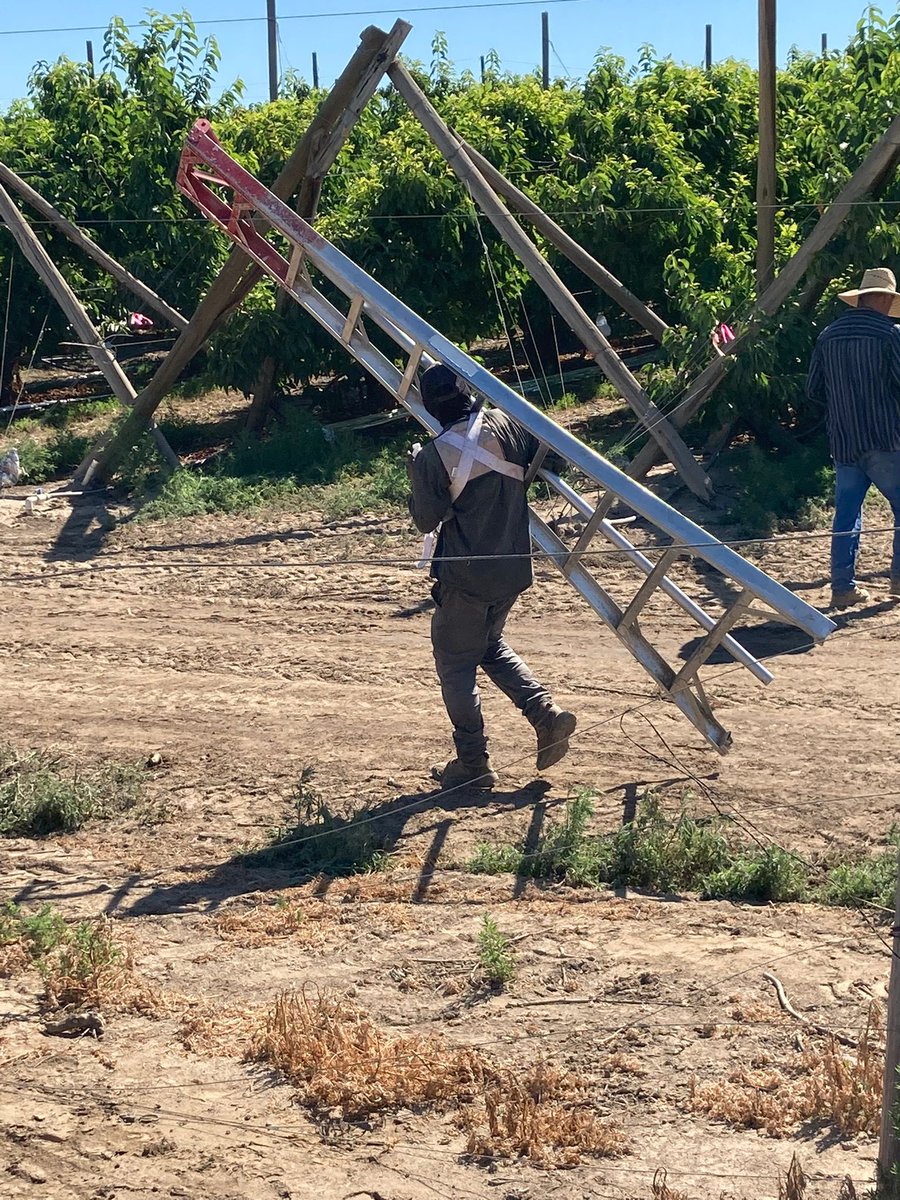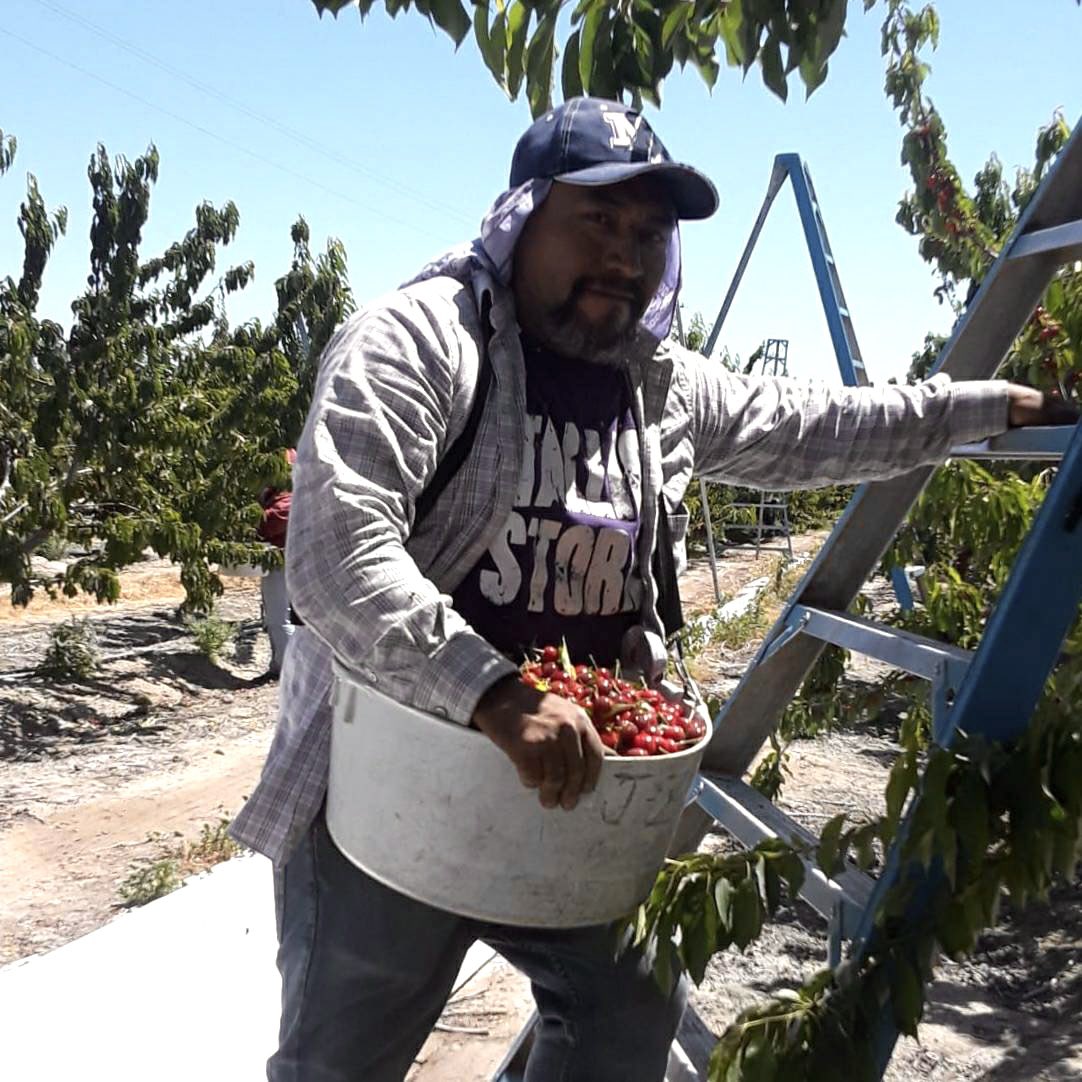
BREAKING: Farm workers are launching a 260 mile march for @CAgovernor’s signature on #AB616, the Agricultural Labor Relations Voting Choice Act. 
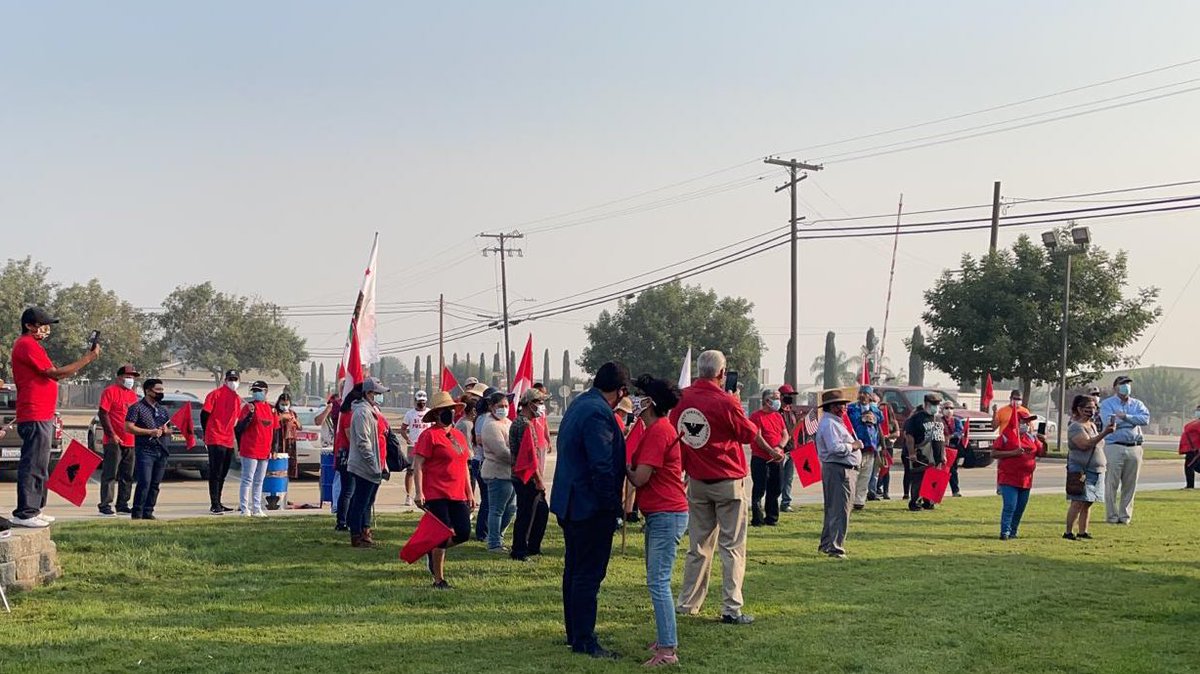
Starting under smoke-filled skies, the grueling march draws upon CA farm workers’ rich history and deep cultural and spiritual roots grounded in self-sacrifice. It will retrace much of the route as the historic Cesar Chavez-led 1966 march to Sacramento.
https://twitter.com/cagovernor/status/1435668819733663744?s=21
#AB616 would give farm workers the right to cast their ballot in many of the same ways that CA voters used to defeat the Republican-backed bid to oust Gov @GavinNewsom .
The 1975 ALRA allows workers to vote only at physical polling places, nearly always on growers’ property.
The 1975 ALRA allows workers to vote only at physical polling places, nearly always on growers’ property.

Following passage of the California Voting Choice Act in 2016, Gov. @GavinNewsom said “Making voting easier, providing more choice, more opportunity…is fabulous.”
We agree. Signing #AB616 would provide us with choice and opportunity.
calmatters.org/economy/2021/0…
We agree. Signing #AB616 would provide us with choice and opportunity.
calmatters.org/economy/2021/0…
AB616 author @AsmMarkStone, said “I’m humbled that farm workers are taking upon themselves to make this sacrifice to support a bill that I had the honor of introducing and getting through the legislature. We, in the legislature, believe in creating greater access to voting.” 
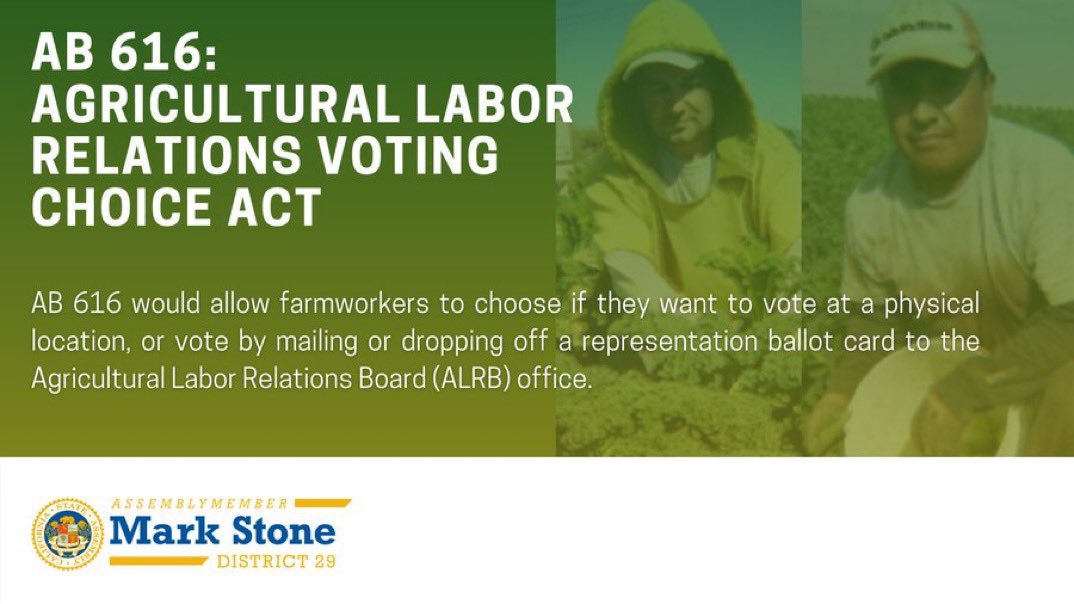
This march is both historic and new territory. The core group of marchers will face harsh weather, hazy air and a rugged path in the weeks ahead— while maintaining stringent COVID protocols.
More on #AB616 and our march for @CAgovernor’s signature here: ufw.org/260milemarchfo…
More on #AB616 and our march for @CAgovernor’s signature here: ufw.org/260milemarchfo…
Bakersfield farm worker Baldomero Perez contrasts the fear he sees when fellow workers vote in union elections on farms with how CA voters cast ballots. “I’ve seen how different it is when people cast their ballot by mail,” he said.
“The vote is safe. They can’t be pressured.”

“The vote is safe. They can’t be pressured.”


Catherine Fisk, @UCBerkeley Professor of Law, says #AB616 will “fix a major weakness in California’s 1975 ALRA and go a long way toward ensuring that farmworkers can decide, by free and fair elections, whether they wish to join and bargain with a union.”
calmatters.org/commentary/202…
calmatters.org/commentary/202…
Kent Wong, director of the @UCLALabor says employers often use both legal and illegal intimidation tactics to deter workers from forming unions.
“The penalty is so minimal that it’s a risk that many employers are willing to take,” he said. calmatters.org/economy/2021/0…
“The penalty is so minimal that it’s a risk that many employers are willing to take,” he said. calmatters.org/economy/2021/0…
AB616 was passed by California legislators on September 1st.
One week after voters used a full range of choices to cast ballots that defeated @CAgovernor’s recall, we’re still waiting — and now marching— for @GavinNewsom to support OUR choices.
Sí, se puede.
One week after voters used a full range of choices to cast ballots that defeated @CAgovernor’s recall, we’re still waiting — and now marching— for @GavinNewsom to support OUR choices.
Sí, se puede.

• • •
Missing some Tweet in this thread? You can try to
force a refresh






